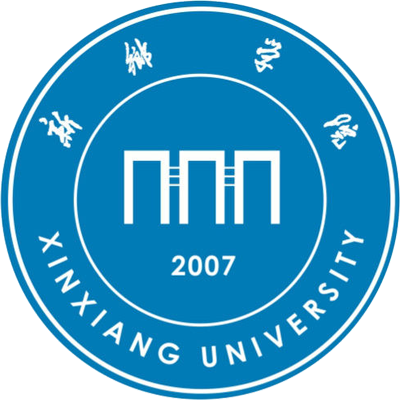详细信息
First-Principles Study of Noble Metal Atom Doped Fe(100) as Electrocatalysts for Nitrogen Reduction Reaction ( EI收录)
文献类型:期刊文献
英文题名:First-Principles Study of Noble Metal Atom Doped Fe(100) as Electrocatalysts for Nitrogen Reduction Reaction
作者:Kong, Huijun[1]; Ma, Pengfei[2]; Zhang, Wei[4]; Jia, Meng[3]; Song, Wei[1]
第一作者:Kong, Huijun
机构:[1] School of Science, Henan Institute of Technology, Xinxiang, 453003, China; [2] School of 3D Printing, Xinxiang University, Xinxiang, 453003, China; [3] School of Mechnical and Electrical Engineering, Xinxiang University, Xinxiang, 453003, China; [4] Institute of Theoretical Chemistry, College of Chemistry, Jilin University, Changchun, 130012, China
第一机构:School of Science, Henan Institute of Technology, Xinxiang, 453003, China
年份:2022
外文期刊名:SSRN
收录:EI(收录号:20220416773)
语种:英文
外文关键词:Ammonia - Atoms - Calculations - Catalyst activity - Catalyst selectivity - Density functional theory - Design for testability - Desorption - Electrolytic reduction - Electronic properties - Iron compounds - Nitrogen - Orbits - Precious metals
摘要:NH3 is one of the most chemical products on earth and can be used as a chemical feedstock, agricultural fertilizer and hydrogen-rich carrier. Recently, the technology of NH3 synthesis by electrochemical nitrogen reduction reaction (NRR) has attracted extensive attention. The core problem of the NRR is the development of electrocatalysts with high activity, selectivity and stability. Fe is not only a constituent element of biological nitrogenase, but also a widely used catalyst material in industrial NH3 synthesis. Due to the presence of unoccupied orbitals, it shows some potential in the process of N2 adsorption and desorption. Therefore, the catalytic activity of Fe(100) for the NRR was studied based on density functional theory, and the electronic properties of Fe(100) were regulated by doping noble metal (NM= Ru, Rh, Pd, Os, Ir, Pt) atoms to reduce the energy barrier and enhance the activity and selectivity of the catalyst. Through the screening of three important processes including N2 adsorption and activation, N2H formation and NH3 desorption, the catalytic activity of Ir atom doped Fe(100) (Ir@Fe(100)) was the strongest, and the energy barrier of first hydrogenation step was 0.344 eV. More importantly, Ir@Fe(100) can significantly inhibit the hydrogen evolution reaction. This study can provide some theoretical reference and guidance for the design and preparation of Fe-based catalysts. ? 2022, The Authors. All rights reserved.
参考文献:
![]() 正在载入数据...
正在载入数据...


